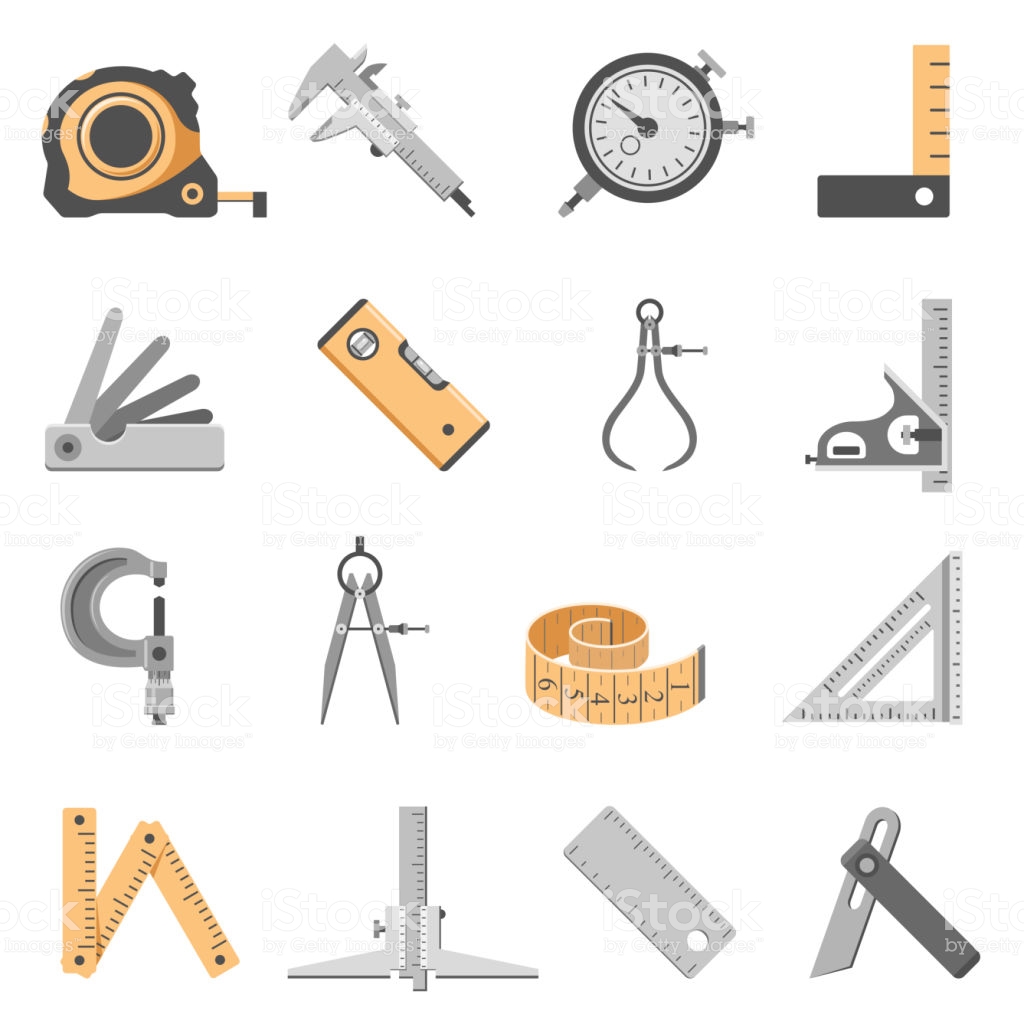.jfif)

حاملي الأدوات: الميزات والتطبيقات
حاملات الأدوات (حاملات الأدوات) هي الوجه الرئيسي الذي يربط أداة الماكينة بالأدوات .. تختلف أنماط التثبيت الخاصة بهم وفقًا للواجهة. يمكن أن تتراوح حواملها من حوامل أدوات HSK أو VDI mount أو أنماط R8 المؤرخة.
تتكون جميع أنواع حوامل الأدوات من 3 أجزاء فريدة: جيب الكوليت والشفة والمستدقة. هناك أدوات ثابتة لا تعمل بالطاقة وهناك أدوات حية (مدفوعة) لا تعمل بالطاقة.
تفتق: الجزء المستدق من حامل الأدوات على شكل مخروطي. إنه الجزء المتصل بالمغزل عند تغيير الأداة.
Flange: يتم توصيل الشفة وتثبيتها في المغير التلقائي الذي يحرك المغزل ومبدل الأدوات.
كوليت الجيب: يتم توجيه جيب الكوليت إلى صواميل الكوليت المختلفة وهي المنطقة التي يتم فيها تأمين إدخال الكوليت.
تحيط مجموعة متنوعة من حوامل الأدوات بأداة القطع (أداة الآلة) بحيث تظل سليمة في وضع واحد - بينما تتيح العديد من أدوات المعالجة الأخرى خلوصًا أكبر للأحجام الصغيرة إلى الكبيرة.
أنواع حامل الأدوات
هناك مجموعة متنوعة من أنواع حوامل الأدوات ، وهي مفهرسة في قواعد بيانات أدوات الآلات الصناعية على النحو التالي:
عرش الماكينة: يتم تشغيلها بواسطة المحركات وهي مسؤولة عن آلية تدوير الأدوات الآلية.
حاملات القاطع الجانبي: الغرض من حامل الأدوات هو تثبيت أدوات القطع في مكانها.
حاملات نصل المنشار: يُبقي هؤلاء الحاملون شفرات المنشار في مكانها.
رؤوس الحفر: تمسك بقضبان مملة في الأماكن وكذلك أنواع أخرى من حوامل الأدوات.
خراطيش التنصت: هذه تحافظ على سير العمليات في الخيوط بسلاسة وتحافظ أيضًا على الأدوات في مكانها.
محولات فارغة: اعتمادًا على المهام في المعالجة ، تكون هذه قابلة للتخصيص لتطبيقات المتغيرات.
حاملات المطحنة النهائية: بشكل أساسي للطحن ، هؤلاء الحاملون يحافظون على أدوات الطحن في مكانها.
القطر الخارجي (OD) والقطر الداخلي (ID): حوامل عالمية قابلة للتبديل مع العديد من أنواع أدوات القطع.
كوليت خراطيش: مجموعة متنوعة من خراطيش الكوليت تعمل على تثبيت الأدوات الآلية المختلفة في مكانها.
خراطيش الطحن أو الحفر: مصممة خصيصًا للاحتفاظ بوضع الأدوات المرتبطة بعمليات الحفر وملايين العمليات.
عندما تكون حاملًا للأدوات ، يجب أن تفكر في أسلوب التثبيت الدقيق الذي تحتاجه ..
R8 عبارة عن حامل مدرسي قديم تم تطويره بواسطة Bridgeport مرة أخرى في عام 1965. هذا الجزء قديم ونادرًا ما يستخدم في الأدوات الآلية الحديثة.
يتم تصنيع مستدق مورس (MT) بأربعة أحجام مختلفة. يحتوي كل حجم تفاضل على مستدقة فريدة لسهولة التغييرات الانتقالية في تجهيزات الأدوات واستخدام أدوات الآلات.
تم تعريف بناة الأدوات الآلية الوطنية (NMTB)
تم تحديد نوع الاستدقاق NMTB لحامل الأدوات بواسطة (NMBT) صانعي أدوات الآلات الوطنيين. يتم استخدامه في جميع أنواع آلات وآلات الطحن CNC. يتطلب القياس الأساسي قضيب سحب ويقف عند 3.5 بوصة لكل قدم.
يُشار بشكل أساسي إلى نمط التركيب المخصص الذي طورته CAT® by Caterpillar® إلى شفة V. إنها الأداة الأساسية جدًا لماكينات CNC من Cat. تتكون جميع حوامل الأدوات التي تصنعها Cat وتصنعها من معرف رقمي مرتبط بحجم الاستدقاق. (أمثلة CAT-30 و CAT-40 و CAT-50 و CAT-60.)
على غرار خيارات أدوات Cat الشائعة ، يوجد أيضًا حاملات أدوات BT. تختلف حوامل BT عن القطط لأنها جميعها متماثلة ومتوازنة داخل محور الدوران. تحتوي أدوات BT على نفس معايير المقاييس المستدقة مثل خيوط مسمار NMBT التي تستخدم المقاييس للتحرك.
تعتبر أدوات السيقان المجوفة (HSK) ابتكارًا جديدًا في الأدوات يتم استخدامه الآن وتطبيقه مع أنواع مختلفة من آلات HSM. يتم تصنيعها من أجل التغييرات السريعة في الأدوات ، كما أنها تأتي في تنسيقات السيقان المستقيمة والتنسيق المتوافق في الآلات.
حاملي الأدوات: الميزات والتطبيقات
تختلف ميزات حاملي الأدوات والتطبيقات بشكل كبير عن أولئك الذين لديهم تدفق سائل تبريد مفتوح عبر الحافة أو يتم تغذيتهم بشكل مفتوح بواسطة المكونات. مثل هذه النماذج والعلامات التجارية والطرازات (على سبيل المثال ، حاملات أدوات Cat ، وحوامل أدوات BT ، وحوامل أدوات HSK)
هي كل جزء (لا يقصد التورية) من أفضل الأمثلة في هذه الحالة. كل واحد يختلف في التطبيق وقدرات قابلة للتبديل للتكيف مع تغيرات الحجم من صغير إلى كبير مع أكبر فجوة ممكنة في الخلوص. من المهم أن نفهم أن كل حامل أداة يتم تصنيعه مصمم خصيصًا ومخصص لغرضه ومهمته ووظيفته المحددة. هذا يحدث فرقًا كبيرًا في الكفاءة التشغيلية والأداء للاستخدام.


.jpg)



 عدد كهربائية
عدد كهربائية
.jpeg) ادوات اسطمبات
ادوات اسطمبات

 ادوات قياس
ادوات قياس
 ادوات تخزين
ادوات تخزين
 عدد راوتر اخشاب
عدد راوتر اخشاب
.png)
.jfif)
